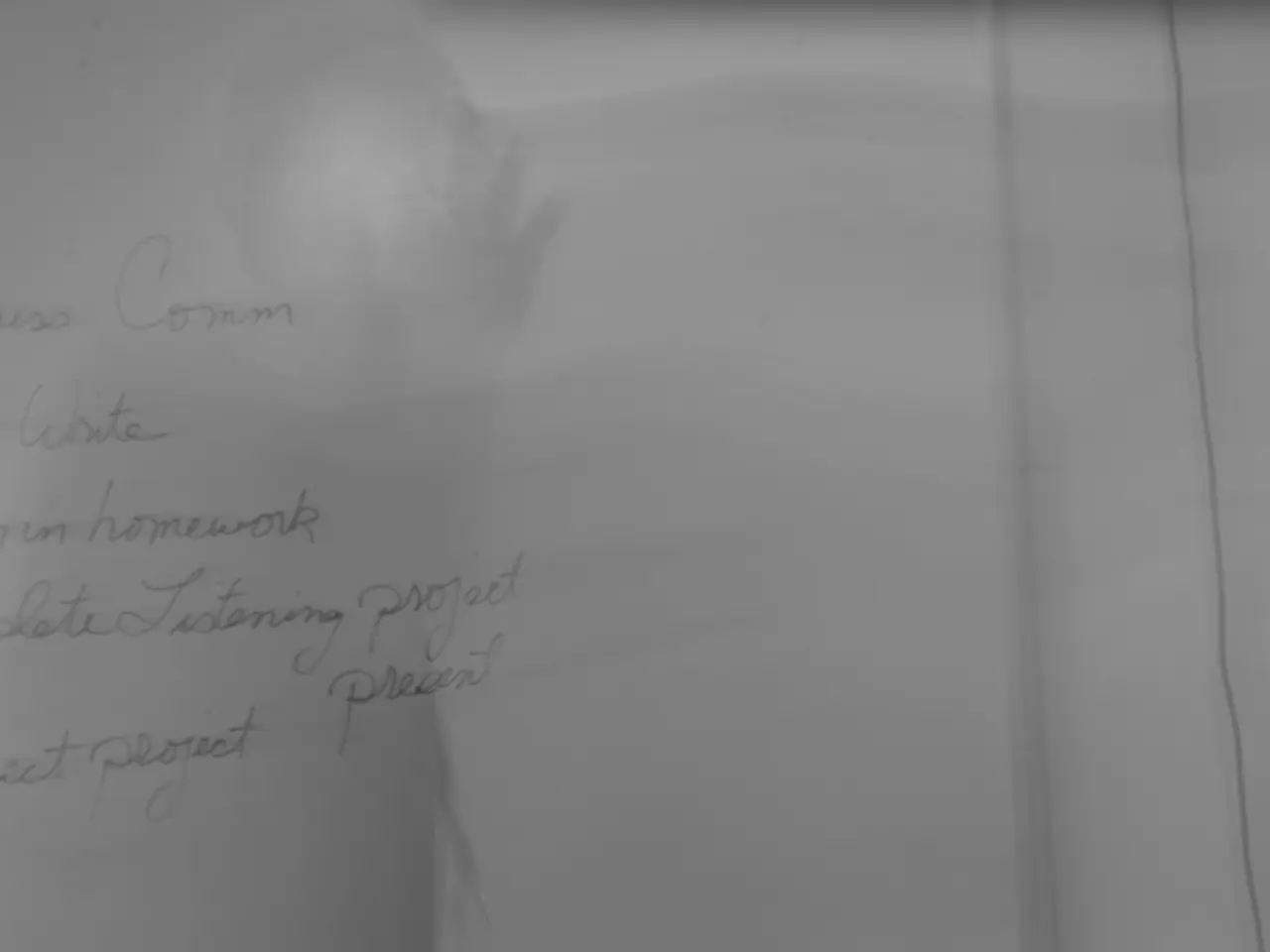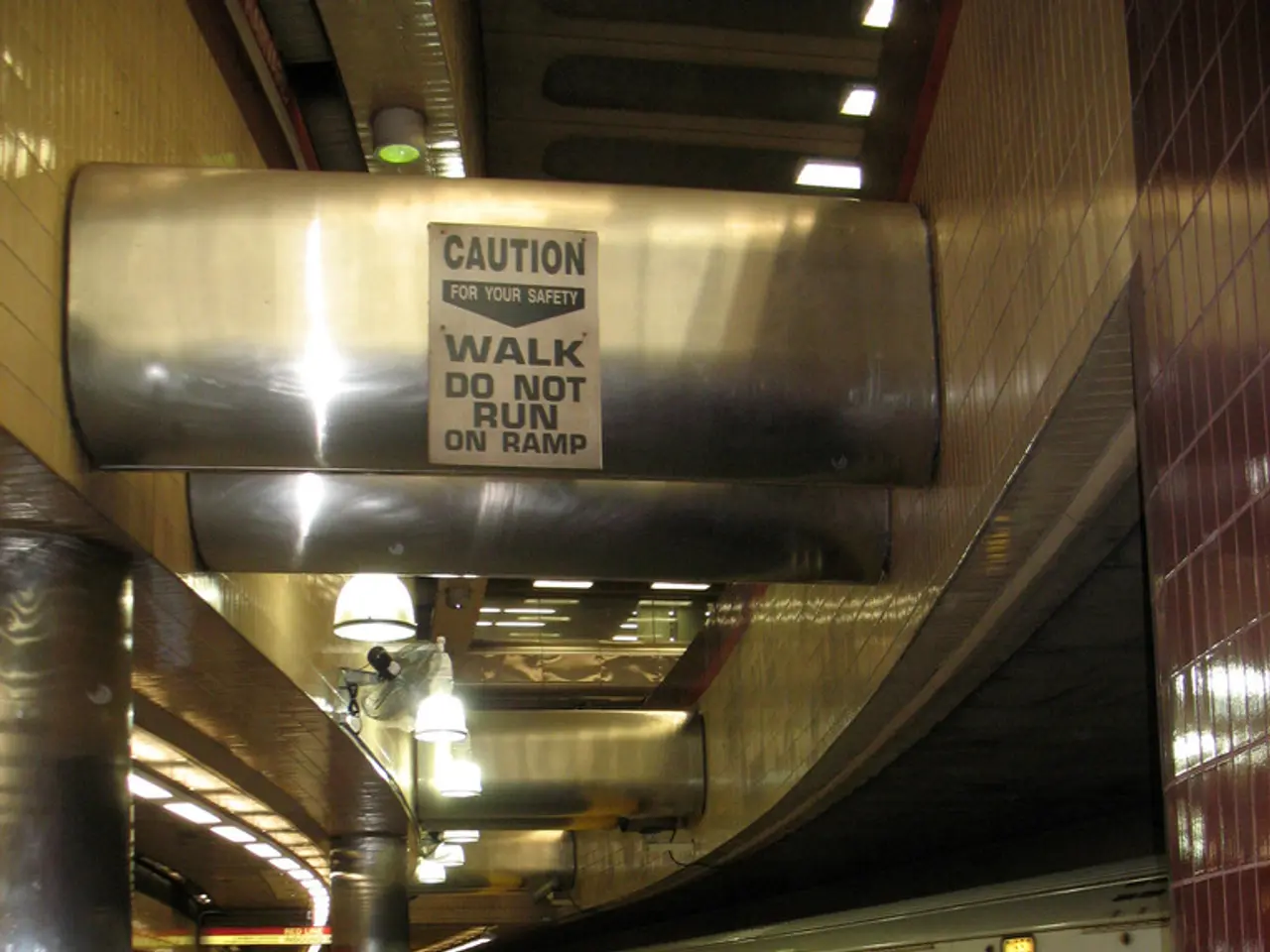Improving energy efficiency in city and town administrations, focusing on resource management and energy consumption reduction.
Boosting Energy Efficiency in Urban Spaces: A Guide to Reducing Carbon Footprints
Gearing up for a greener future? Let's zero in on strategies to lessen the carbon emissions in urban zones, starting right here, right now. Here's what we've got in store:
- Municipal Energy Visions
- Citywide Energy Management: Build a city-wide energy plan that seamlessly binds together key urban sectors – buildings, transport, and infrastructure – for optimal energy utilization and emissions decrease. This could involve creating maps of current energy flows and charting decarbonization paths such as district heating linked to renewable energy or waste heat recovery schemes.[1]
- Policy and Rules: Empower cities to enforce regulations and standards encouraging energy efficiency in buildings, both new and old, by mandating efficient insulation, energy-efficient windows, and using eco-friendly construction materials.[5]
- Green Mobility: Fashion urban mobility by advocating for public transport, cycling, walking, and remote work, thereby reducing energy consumption and emissions from transportation.[3]
- District-Wise Renovation Blueprints
- Precision Building Upgrades: Renovation plans target specific urban areas to enhance energy efficiency through improved insulation, modern heating and cooling systems, energy-efficient appliances, and eco-friendly lighting.[3][5]
- Heat Network Expansion: Invest in district heating and cooling networks, particularly those operated by clean or low-carbon energy sources such as biomass, geothermal, or waste heat.[2][3]
- Green and Water Infrastructure: Incorporate green roofs, walls, permeable surfaces, and water features into urban areas. These measures help combat urban heat and boost overall energy efficiency city-wide.[4]
- Promotion and Backing
- Financial Incentives: Encourage property owners and developers with investment support like subsidies, low-interest loans, or tax reductions to undertake energy-efficient retrofits and link to heat networks.[1]
- Public-Private Collaborations: Partner up with private sector players to accelerate the deployment of large-scale projects like heat networks and city renovations.[2]
- Awareness and Knowledge Building: Launch campaigns and provide technical assistance to educate stakeholders about the benefits, methods, and technologies associated with energy efficiency improvements.[1]
A few shining examples:- Copenhagen's Carbon Neutrality Template: Copenhagen's strategy combines biomass-fueled district heating, wind power, and increased cycling infrastructure, demonstrating the power of municipal energy concepts coupled with district energy and transportation changes to achieve significant emission reductions.[2]- Demand-Side Policies: Policies that shape consumer behavior and urban planning, such as retrofit mandates and advocacy for active transport methods, complement supply-side measures by decreasing energy consumption and waste across the board.[3]
In essence, effective energy efficiency improvement in urban areas calls for cohesive city-wide energy planning, focus district renovation plans centered on building and heating system upgrades, and strong backing boosted by investments in heat networks and sustainable infrastructure. These strategies together help shrink urban carbon emissions, while bringing forth added benefits like improved public health, reduced congestion, and greater urban living quality.[1][2][3][4][5]
- To enact municipal energy visions, cities can create city-wide energy plans that incorporate renewable energy sources, such as district heating linked to biomass or waste heat recovery schemes, and enforce regulations encouraging energy efficiency improvements in buildings.
- Encourage the expansion of heat networks, particularly those operated by low-carbon energy sources, and invest in district heating and cooling networks to enhance overall energy efficiency and reduce carbon emissions in urban areas.
- Citywide energy management can involve green mobility strategies, advocating for public transport, cycling, walking, and remote work, thereby promoting renewable energy and reducing emissions from transportation.
- Financing strategies, such as financial incentives and public-private partnerships, can help facilitate energy-efficient retrofits and large-scale projects like heat networks and city renovations, accelerating the transition towards a greener energy industry.




